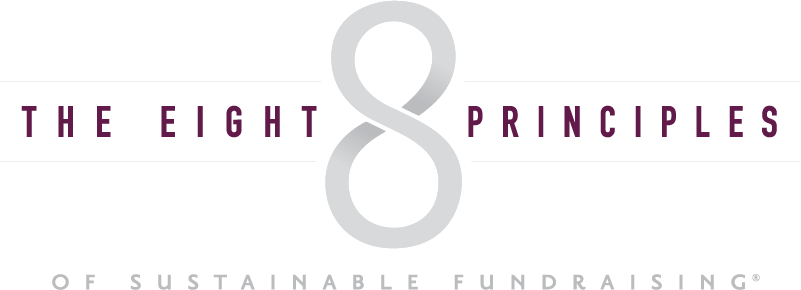 by Adam Weinger, President of Double the Donation
by Adam Weinger, President of Double the Donation
What if I told you that you could double your donations with minimal extra work? Well you can. You just need a little help from matching gifts.
A past post on this blog urges nonprofits to seek fundraising ideas that are “better not more.” Matching gifts are a “better not more” option.
Matching gifts are the two-for-one specials of the fundraising world and more nonprofits need to start taking advantage of them.
What are matching gifts?
Matching gifts give companies the opportunity to support their employees’ charitable work. The programs are widely spread and readily available through many companies, all ranging in size.
65% of Fortune 500 companies have matching gift programs in place. With numbers like that, there’s a good chance a sizeable portion of your donors work for companies with programs. Your nonprofit should be cashing in on those opportunities.
At a basic level, matching gifts are what they sound like. An employee makes a donation to your organization, submits a request, and then the employer makes a twin donation.
What are the matching gift guidelines and processes?
It is hard to resist writing these programs off as too good to be true when you first hear about them, but they really are as straightforward and beneficial as they appear to be.
You work hard to acquire your donors. A matching gift takes your efforts further.
The average matching gift scenario is standard, the biggest variable being the match ratio. Most employers match at a 1:1 ratio, meaning that for every $100 an employee donates, the employer will also donate $100. Occasionally you’ll see 2:1 or even 3:1 ratios, which triple or quadruple the original donation respectively.
For example, Johnson and Johnson has a 2:1 match for current employees and a 1:1 for retirees.
The process of actually receiving a matching gift is even more standard than the giving guidelines. It will go as follows:
- A supporter makes a donation.
- That donor learns about matching gifts and discovers that his or her company has a program.
- The donor submits a request to the employer
- The employer verifies with your nonprofit that the donation happened.
- The employer gives their matching donation to your organization
Five easy steps and your nonprofit is better for it.
How can you promote matching gifts to your donors?
The largest hurdle between your nonprofit and those matching gifts is limited awareness of the programs. The most effort that you’ll put into this entire process will be for marketing. The added time will be worth it. We know that leading nonprofits are the ones that take measured leaps.
So, as soon as you decide to seek matching gifts, your nonprofit needs to start promoting — leap into it.
Include information about them on:
- social media
- email communications
- direct mail
- donation pages
- confirmation pages
- and so on
Looking for a list of donors to target for matching gifts? Utilize prospect research tools to learn more about who your donors are, the causes they support, their corporate affiliations, and more.
Get the word out and your fundraising numbers will be much better for it. The funds are ready and waiting.
Adam Weinger, President of Double the Donation- Adam is blending his corporate experience with nonprofit fundraising. He studied finance and economic development at Emory University and abroad at the Singapore Management University before working in the private sector at Comcast and Capital One. Both companies offered generous corporate giving programs, yet most employees had no idea. After speaking with a host of nonprofit organizations about the need to access matching gift funds in a cost effective way, Double the Donation was born.


